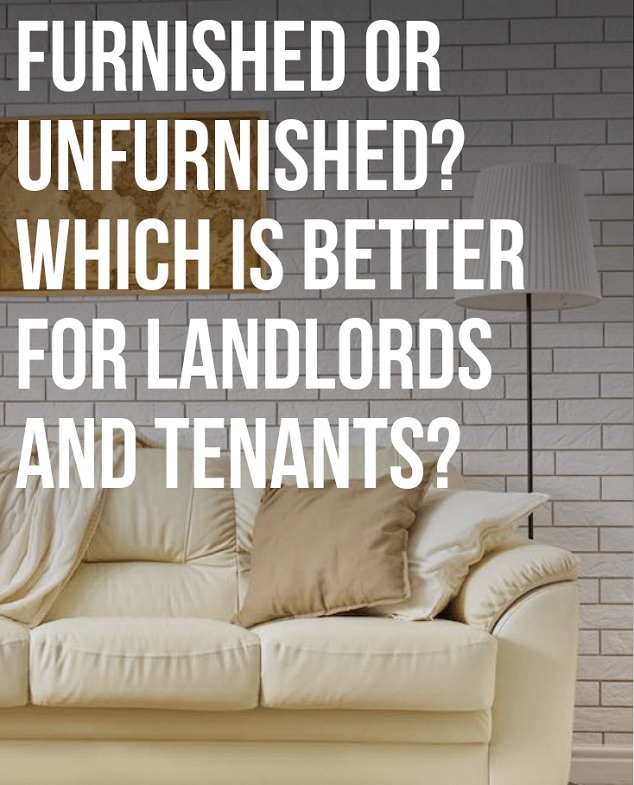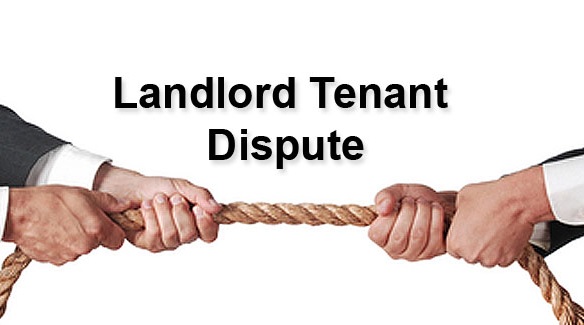Furnished rentals can be an enticing option for landlords, offering the promise of higher rental income and attracting a specific market segment. However, like any investment strategy, there are both advantages and disadvantages to consider. In this guide, we’ll explore the pros and cons of furnished rentals, helping landlords make informed decisions about whether this approach aligns with their investment goals.
Pros of Furnished Rentals:
Higher Rental Income:
Furnished rentals often command higher rental prices, appealing to tenants seeking the convenience of a ready-to-move-in space.
Attracting Corporate Tenants:
Furnished properties can be especially appealing to corporate tenants or individuals in need of short-term housing solutions, broadening your potential tenant pool.
Reduced Tenant Turnover:
Tenants in furnished rentals are less likely to move frequently, providing landlords with more stable and predictable rental income.
Tax Benefits:
In some locations, landlords may enjoy tax benefits for providing furnished rentals, such as depreciation deductions for furniture and appliances.
Cons of Furnished Rentals:
Higher Initial Setup Costs:
Furnishing a property can incur significant upfront costs, including furniture, appliances, and decor, impacting the initial investment required.
Increased Maintenance and Replacement:
Furnished properties may experience more wear and tear, leading to higher maintenance costs and the need for periodic furniture replacement.
Limited Tenant Pool:
While furnished rentals appeal to a specific market, they may limit the overall tenant pool, as some renters prefer unfurnished spaces or have their own furniture.
Potential for Damage or Loss:
Furnished properties pose a higher risk of damage to furniture or the potential loss of items, requiring landlords to manage and address these issues promptly.
Considerations for Landlords:
Local Demand and Market Trends:
Assess the local demand for furnished rentals and current market trends in your area before deciding to furnish a property.
Target Tenant Profile:
Consider the type of tenant you want to attract. Furnished rentals may be more appealing to professionals, students, or individuals in transitional phases.
Flexibility in Lease Terms:
Provide flexibility in lease terms to accommodate both short-term and long-term tenants, allowing you to tap into different segments of the rental market.
Detailed Lease Agreements:
Clearly outline the condition of furnishings in the lease agreement, detailing tenant responsibilities for maintenance and potential costs for damages.
Conclusion:
Deciding whether to offer furnished rentals requires careful consideration of your investment goals, local market dynamics, and the preferences of your target tenant demographic. By weighing the pros and cons and making informed decisions, landlords can maximize the potential benefits of furnished rentals while minimizing potential drawbacks.
Just Lets – Your Property Management Partner
At Just Lets, we understand the nuances of the rental market in Peterborough. If you have questions or need guidance on whether furnished rentals are right for your investment, reach out to our expert team. We’re here to support your success as a landlord in Peterborough.







